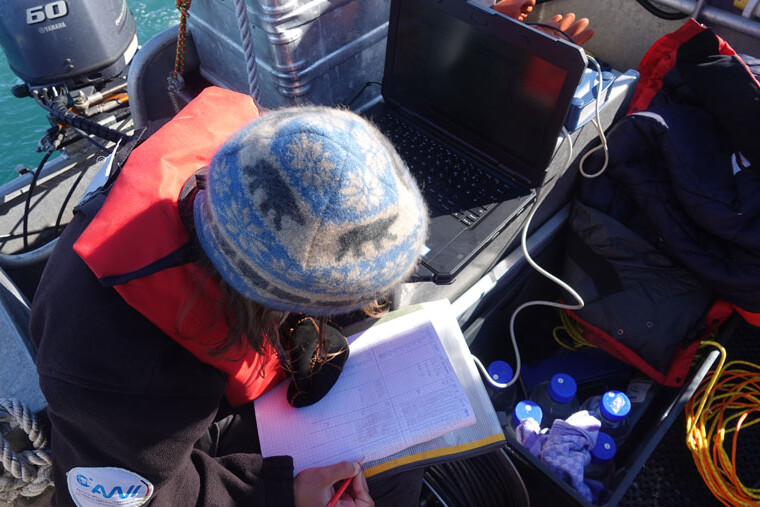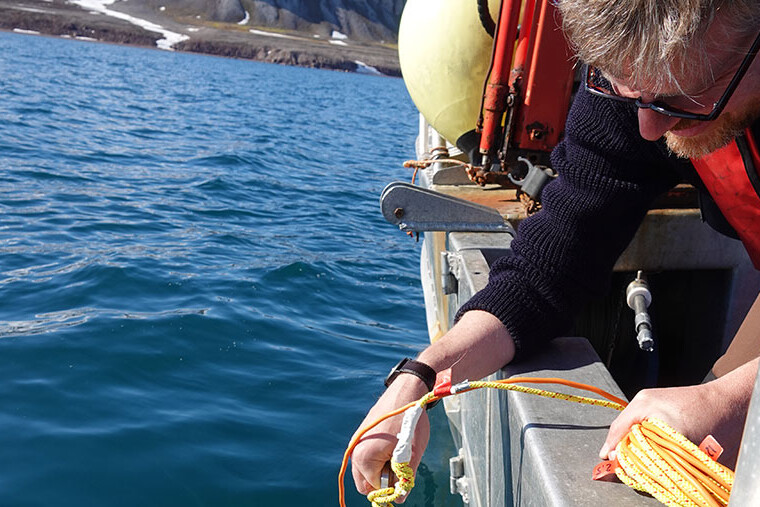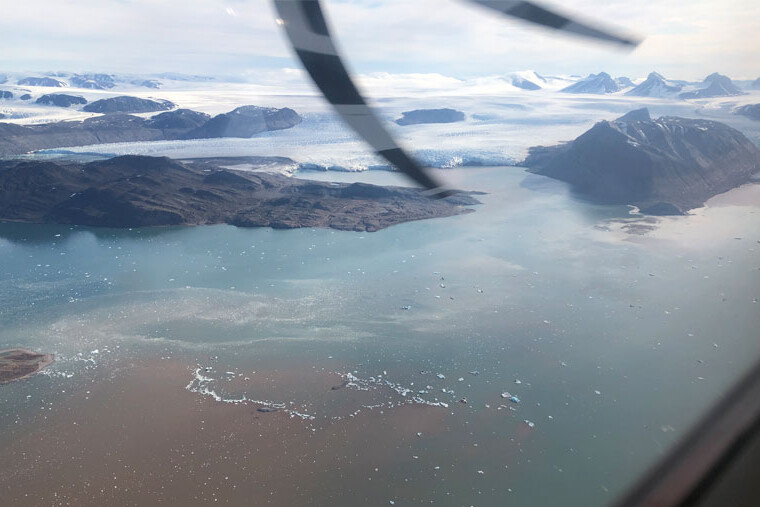This part of FACE-IT will address two fundamental components of marine ecosystem functioning, carbon fixation and primary production, and their variability in time and space relative to the identified key drivers and the observed changes in species abundance and biodiversity. Here, existing time-series of pelagic and benthic primary production will be analyzed in conjunction with changes in phytoplankton biomass, nutrient concentration, glacial discharge, light climate and other key ecosystem parameters from the FACE-IT focal study sites for comparative studies of ecosystem functioning and changes.
Based on analyses of the historical data sets, new monitoring data and experimental data compiled in the key drivers and the biodiversity changes parts of the project, the following questions will be explored:
(i.) How will reduced ice cover in time and space, and warming affect food-webs based on pelagic and benthic primary production?
(ii.) How will changes at low trophic levels propagate to higher trophic levels and affect economically important harvestable resources?
(iii.) How will borealization and in particular invasive species affect coastal ecosystem functioning and food-web structures?
Based on existing data, comprehensive correlative and statistical analyses address the ecosystem changes in pelagic primary production and in the biomass of primary producers, relative to the decrease in sea ice extent, freshening and changes in light availability. Shorter duration of ice cover potentially gives way to increased light in the water column for pelagic as well as benthic organisms. The assessment of changes in ecosystem functioning also involves a comparison of tidal glaciers and land terminated glaciers where the latter discharges highly turbid meltwater into the fjord, potentially affecting primary production and the balance between benthic and pelagic production. A key question is whether benthic micro- and macroalgal production increase with reduced sea ice cover and higher water temperatures along the borealization gradient or whether they decrease due to increased turbidity caused by melting glaciers. Ultimately, food-web models will be applied for analysing trophic cascade effects, with a special focus on higher trophic levels and species of economic importance.
A coupled model system, integrating both physical-biogeochemical and food-web models will be implemented allowing for a holistic description of the ecosystem as an innovative approach. The output produced here will feed into to social science parts of the project on food provision and livelihoods, on nature-based tourism as well as the transdisciplinary synthesis and the policy and outreach activities. Thus, these results will provide the basis for investigating how climate change may affect food provision of indigenous, local and distant communities and how indigenous, local and distant communities may adapt to changes in biodiversity.



